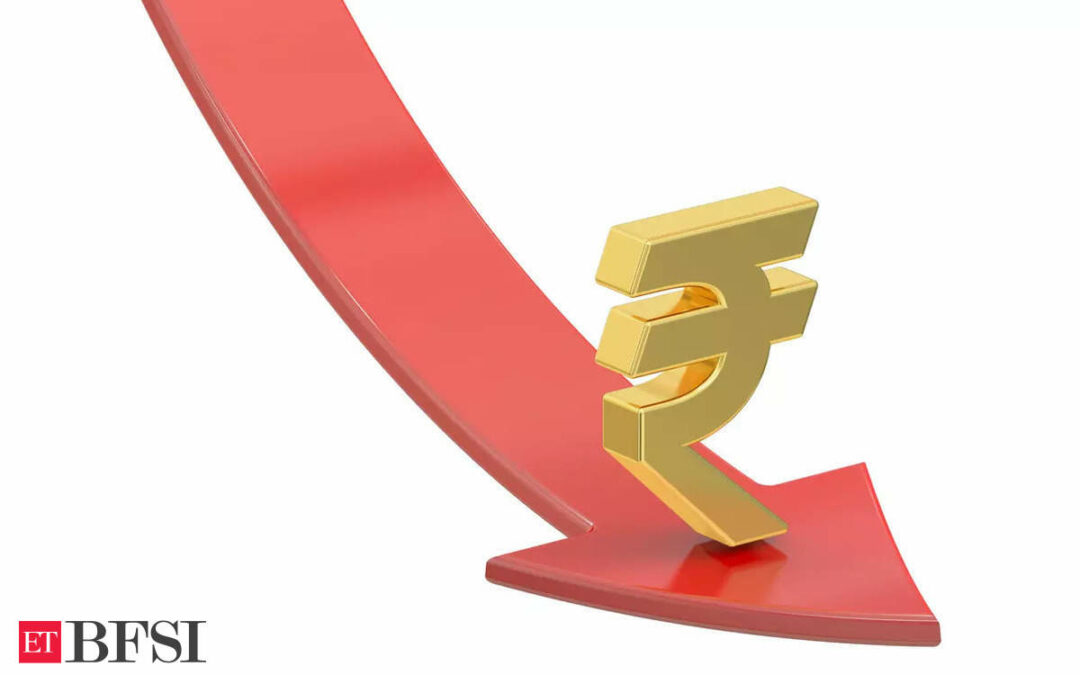The Reserve Bank of India (RBI) appears to be guiding the rupee towards a gradual depreciation, according to recent market trends. Despite the rupee being a theoretically market-determined currency, the central bank’s actions suggest a strategic approach to managing its value. The Indian rupee has depreciated 0.4% against the dollar so far this month, reaching successive record lows, which market participants believe is a result of RBI’s measured intervention.
The depreciation comes despite robust foreign fund inflows and a fall in the dollar index. In July, the domestic equity market saw inflows of $4.03 billion, and the debt market attracted $2.3 billion. Nevertheless, these inflows had little impact on the exchange rate, suggesting the RBI absorbed the dollars to manage the rupee’s value, according to experts.
Previously, the RBI actively intervened to prevent the rupee from breaching critical levels, but recent behaviour indicates a shift. Despite selling dollars to limit sharp fluctuations during the day, the central bank has not aggressively defended the currency’s value.
Currency reserves
India’s foreign exchange reserves reached an all-time high of $670.86 billion as of July 19, providing the RBI with significant ammunition to support the rupee if desired. However, the central bank’s actions indicate a preference for allowing the rupee to adjust to weaker levels. This adjustment may be due to the rupee being overvalued compared to its trading partners, as indicated by the real effective exchange rate (REER), which rose to 106.54 in June, its highest level since December 2017.
Recent Budget announcements have also influenced market dynamics. The proposal to increase the long-term capital gains tax on all financial and non-financial assets has led to foreign portfolio investors withdrawing funds worth $866.8 billion from the domestic equities market. Additionally, the government’s decision to reduce customs duties on gold and silver is expected to increase imports, potentially worsening the trade balance and exerting further pressure on the rupee.
The future trend
The RBI’s current strategy may be aimed at reducing the rupee’s overvaluation and aligning it with evolving economic fundamentals. Despite the expectation of some appreciation if the US Federal Reserve starts cutting rates, the overall trend points towards a continued weakening of the rupee in the near term.











